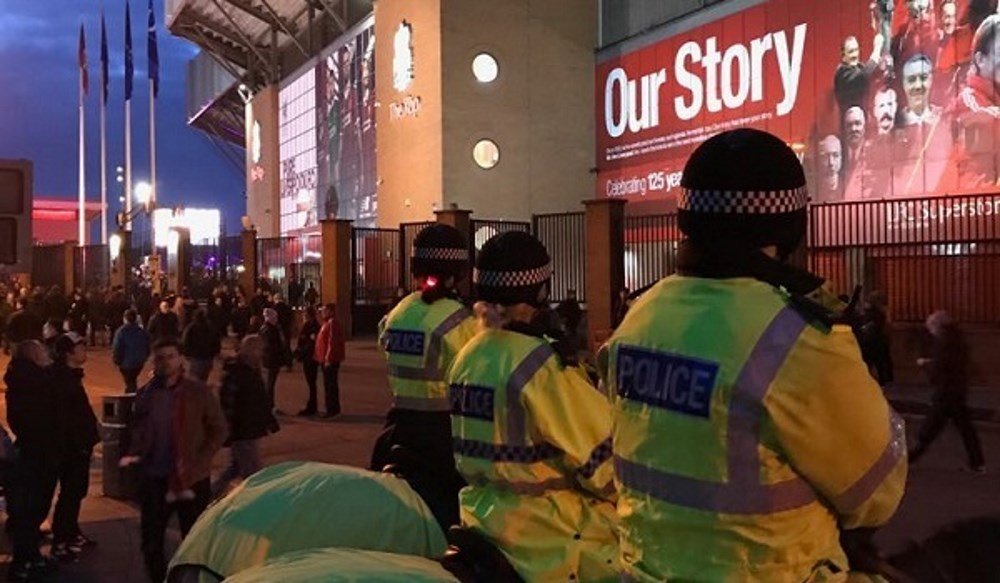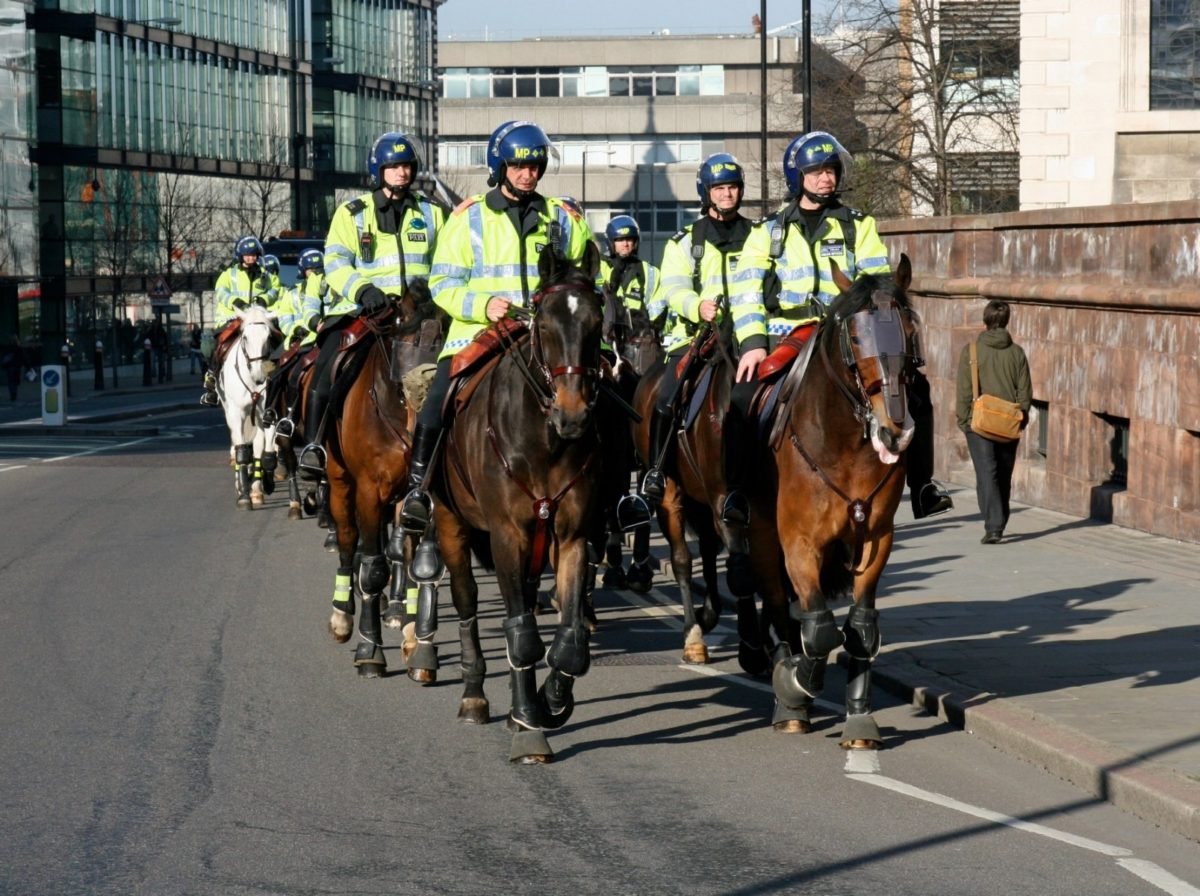The scenes at the Black Lives Matter protest in London of a police horse bolting riderless down Whitehall past the Cenotaph in terror while others came under attack with bicycles, flares, fireworks and other missiles was quite a poignant reminder of the war horses, and raises the question of whether they have enough protection under Finn’s law. Conservative MP Andrew Griffith thankfully responded to the issue by asking this question of Priti Patel in the House of Commons on Monday 8th. June, 2020:
“I am proud that it was a Conservative Government who introduced Finn’s law to protect our service animals. Will my right hon. Friend assure me that she will not rest until the minority of thugs involved in attacking the police horse, as well as, of course, our brave officers, are brought to justice?”
In response the Secretary of State for the Home Department said:
“My hon. Friend is absolutely right. What we witnessed at the weekend was utterly despicable. I look forward to visiting the mounted police section quite soon. I have had it with authority from the Metropolitan Police Commissioner that the injuries to the horse were mild, but importantly, she highlighted yet again how the acts of thuggery are disproportionate to not just police officers, but the animals”.
Finn’s Law named after stabbed police dog.
Coincidentally Finn’s Law or as it is formally named The Animal Welfare (Service Animals) Bill came into force exactly a year to the day these incidents occurred. It was named after a German Shepherd Dog that was stabbed chasing an offender and is designed to protect service animals. It was heralded as the answer to protect them but cannot be effective unless it is enforced stringently and greatly publicised to make possible offenders aware of the protection these animals have and the consequences of injuring them.
But there is also a great need for police horses and dogs to be treated in the same way as the officers when it comes to health and safety assessments of their use in each specific operation or situation. Obviously the real answer is not to use them in the first place. In this instance it did not seem sensible or safe for them to be utilised in a charge of the light brigade type onslaught in wet weather conditions to frighten and push a mob from the streets. I am surprised that horse charities and the RSPCA are not more vociferous over this issue. The incident received press coverage across the world which is not a particularly good UK animal welfare image.

